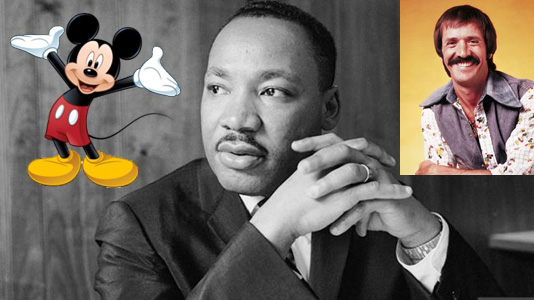Today marks the 50th anniversary of the assassination of Martin Luther King, Jr. The most famous individual from the American civil rights movement left behind a impactful, while often misunderstood legacy, which still resonates across the world today. From an IP perspective, he also left behind a sizable amount of popular copyrighted works. Yes, the “I Have a Dream” speech is still protected by U.S. Copyright law today.
You still need to acquire permission from the King estate to use his works, including his speeches. While the estate has made some questionable decisions about who to license these works to, the fact remains that the estate maintains control over his name, his likeness, and his copyrighted works today.
But did you know that if not for Mickey Mouse and Sonny Bono, that the MLK estate would be losing the rights to these copyrighted works to the public domain this year? It’s true.


Recent Comments